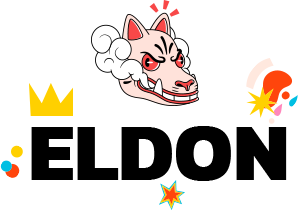

Beyond Yoga Mats, Zumba Classes and Festivities: Redefining Employee Engagement
Employee engagement activities have long been a buzzword in corporate corridors, often synonymous with wellness programs, festive celebrations, and team outings. While these employee engagement activities hold their charm, they barely scratch the surface of what true engagement entails. Employee engagement is the foundation of a flourishing workforce and a dynamic corporate culture; it is not only a list of tasks.
Organizations must go beyond the periodic yoga classes and festival celebrations in order to have a truly engaged workforce. Instead, they must engage in meaningful interactions and systemic activities that promote growth, connection, and purpose. Addressing the underlying needs of employees—their goals, drives, and sense of community—is the key to true engagement.
The New Dimensions of Engagement
To redefine employee engagement, organizations must focus on three key dimensions:
Purpose-Driven Culture
Employees are more likely to be engaged if they have purpose in their work. A McKinsey survey found that 70% of employees use their employment to define their sense of purpose. Businesses may foster higher levels of commitment and fulfillment by clearly communicating their vision and matching jobs to personal goals.
Continuous Learning and Development
94% of employees said they would remain with an organization longer if it made investments in their learning and development, according to a LinkedIn Workplace Learning Report. When workers perceive possibilities to develop, improve their skills, and progress in their jobs, engagement thrives.
Inclusive Leadership and Communication
According to a 2022 Deloitte survey, employees are 60% more likely to feel engaged if they believe their leaders appreciate and acknowledge their contributions. Building open lines of communication and emphasizing active listening helps leaders create a feeling of community and trust.
Team Engagement Activities with Impact
Regular well-being or festive programs must give way to more sophisticated employee engagement initiatives. Leading employee engagement organizations are moving toward purposeful programs that put an emphasis on communication and teamwork. Here are some examples:
● Skill-Based Workshops: Encourage cross-functional collaboration through skill-building sessions that allow employees to learn from one another.
● Purposeful Volunteering: Organize community outreach programs that resonate with employees’ values.
● Corporate Team Building Activities: Tailored team engagement activities, such as problem-solving challenges or creative brainstorming sessions, can strengthen bonds and promote teamwork.
Moving Beyond the Checklist
Employee engagement programs and corporate team building ideas should focus on creating stronger bonds rather than ticking boxes. Organizations can customize engagement initiatives to fit particular needs by collaborating with team-building organizations or creating custom programs internally. Among the concepts are:
- Personalized Engagement Strategies: Create programs according to the tastes and input of your employees.
- Recognition and Rewards: Give heartfelt appreciation for both individual and group accomplishments.
- Mobility Fairs: Facilitate long-term shifts in roles across departments or locations to promote cross-functional expertise and career growth.
- Launching and Sustaining Culture Initiatives: Establish clear values and behaviors aligned with organizational goals and regularly communicate and reinforce these values through workshops, town halls, and interactive sessions.
- Learning Festivals: Organize learning events with a theme that includes seminars, keynote addresses, and peer-to-peer mentoring. To make learning fun and engaging, include gamified components such as quizzes or contests.
Conclusion
Meaningful employee engagement activities go beyond surface level activities. It’s about creating an atmosphere where employees are acknowledged, heard, and empowered to succeed. Organizations can foster a culture of trust, collaboration, and purpose by coordinating personal goals with company goals through significant projects.
A resilient and dynamic workforce that is prepared to take on difficulties is created by putting an emphasis on connection, growth, and recognition. Businesses thrive when their personnel achieve success, releasing their combined potential and creating the foundation for long-term prosperity. True engagement is the foundation of a fulfilling employee experience and a thriving organizational future.



